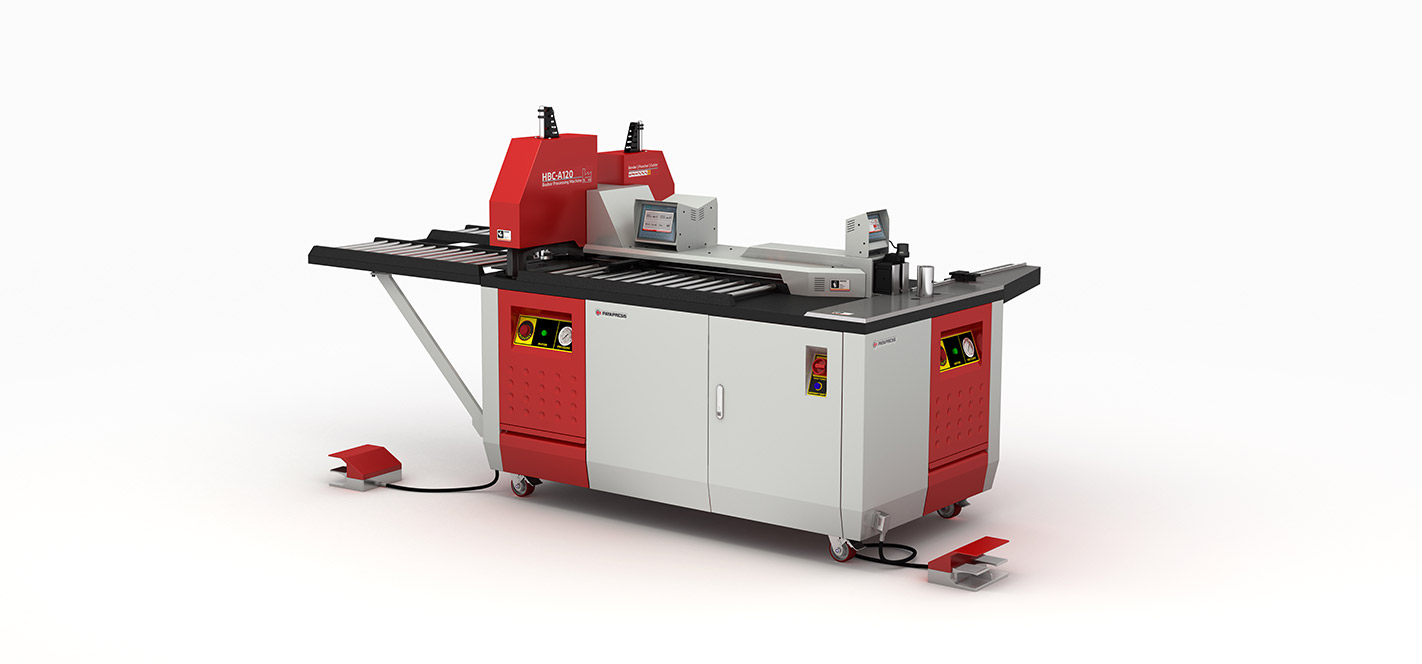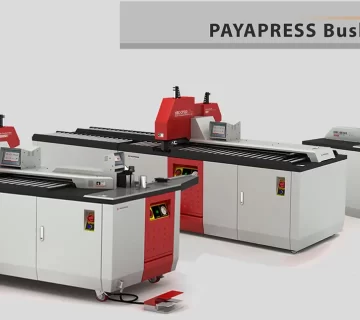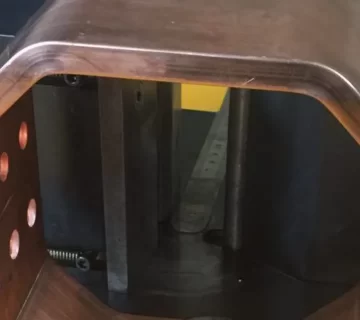In the realm of industrial machinery, a prevalent notion is that the aesthetic appeal of a machine is secondary to its precision and durability. Critics argue that an emphasis on aesthetics merely inflates the price without enhancing the machine’s functionality. They contend that unlike luxury or consumer goods such as cars, the external design and appearance of industrial machines like a busbar bending machine or a sheet metal punching machine are inconsequential.
While this argument may initially seem economically sound, years of experience in the machine-building industry suggest a different perspective. The pursuit of quality in a manufacturing plant is not a sporadic or disjointed endeavor. When a production team is committed to quality, it cannot selectively apply this commitment. In other words, a quality-oriented team cannot produce a high-quality component while neglecting other parts.
The exterior and interior of a device are not disparate aspects. A quality-focused perspective views a product holistically. Although a well-crafted exterior of an industrial machine like a busbar processing machine does not guarantee superior design, it can serve as an indicator of it. In today’s complex world, where consumers are faced with a plethora of choices, such indicators can be crucial and beneficial.
The Interplay of Functionality and Aesthetics
The appearance of industrial machinery, such as a hydraulic busbar bending machine, is not merely about aesthetics. It is about the interplay of functionality and design. A well-designed machine is not just about looking good; it’s about enhancing user experience, improving safety, and promoting efficiency.
For instance, a busbar punching machine with a well-thought-out design can make it easier for operators to use, reducing the likelihood of errors and accidents. Similarly, a busbar bending machine with a sleek design might have its components arranged in a way that makes maintenance easier, reducing downtime and increasing productivity.
The Role of Aesthetics in Branding and Marketing
In the competitive world of industrial machinery, where companies vie for market share with similar products like busbar cutting machines, or sheet metal punching machines, aesthetics can play a significant role in branding and marketing. A well-designed machine can stand out in a crowded market, attracting more customers and commanding a higher price.
Moreover, a company that pays attention to the design of its products, such as a busbar bending machine or a workshop busbar processing machine, sends a strong message about its commitment to quality. This can enhance the company’s reputation, leading to increased customer loyalty and higher sales.
The Future of Industrial Machinery Design
As the industrial machinery industry evolves, the importance of design is likely to grow. With advancements in technology, machines are becoming more complex, and the need for user-friendly design is becoming more critical. Whether it’s a copper busbar bending machine, or a 3 in 1 busbar machine the design will play a crucial role in its success.
In conclusion, while the functionality of industrial machinery is undoubtedly paramount, the importance of aesthetics should not be underestimated. A well-designed machine is not just about looking good; it’s about enhancing user experience, improving safety, and promoting efficiency. It’s about standing out in a crowded market and sending a strong message about the company’s commitment to quality. As the industrial machinery industry evolves, the role of design is likely to become even more critical.




No comment